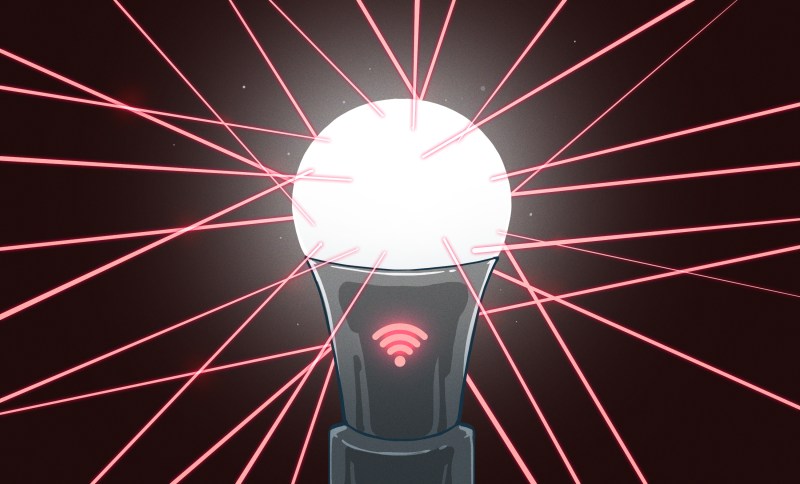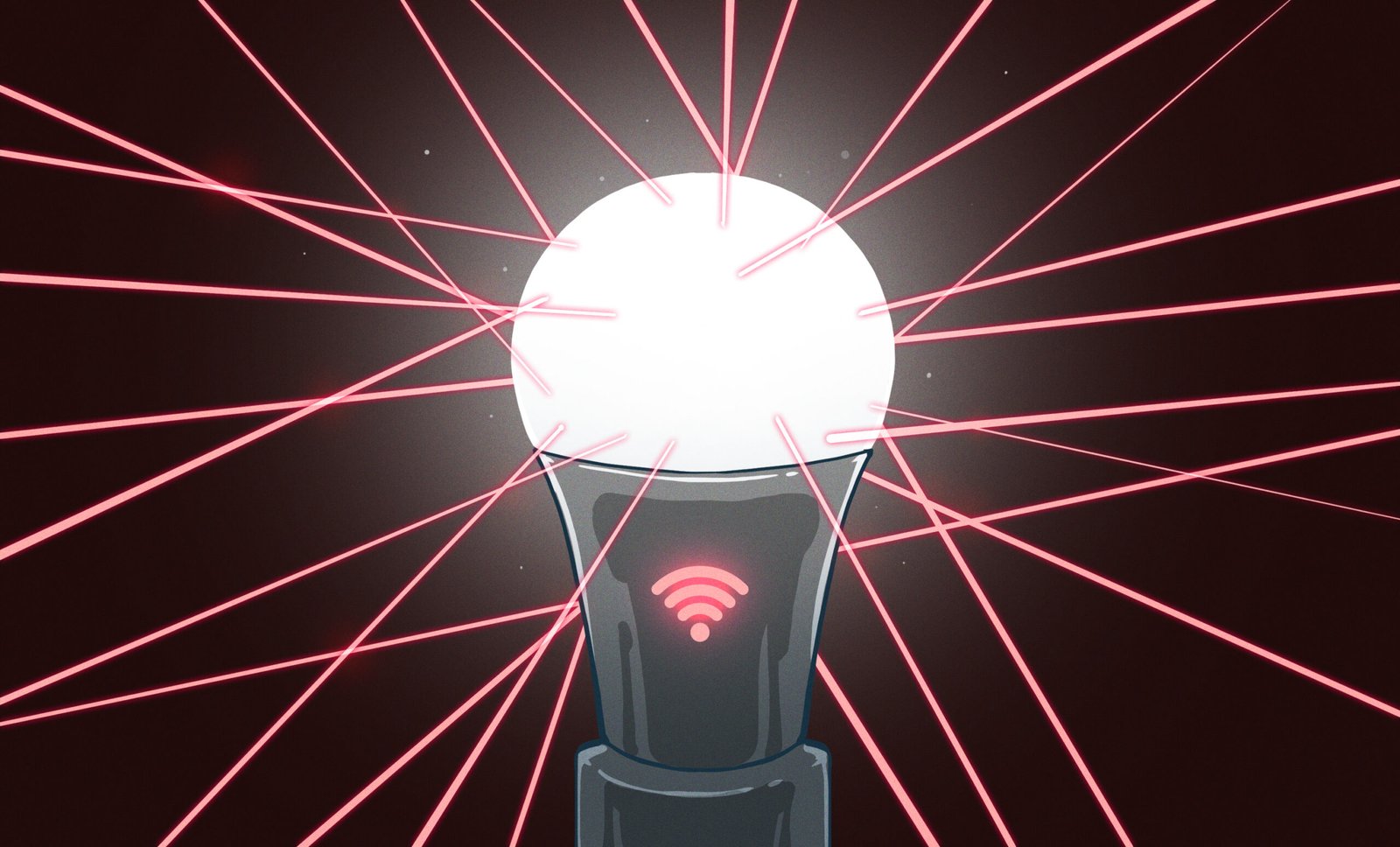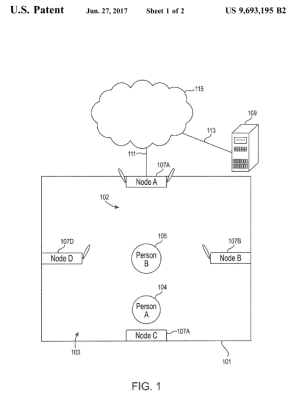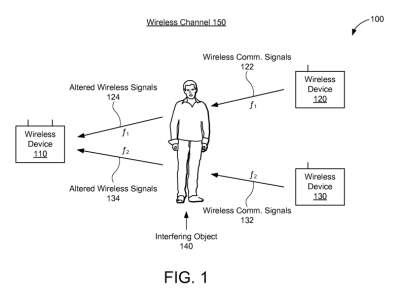
If you’ve got an existing smart home rig, motion sensors can be a useful addition to your setup. You can use them for all kinds of things, from turning on lights when you enter a room, to shutting off HVAC systems when an area is unoccupied. Typically, you’d add dedicated motion sensors to your smart home to achieve this. But what if your existing smart light bulbs could act as the motion sensors instead?
The Brightest Bulb In The Bulb Box
The most typical traditional motion sensors use passive infrared detection, wherein the sensor picks up on the infrared radiation emitted by a person entering a room. Other types of sensors include break-beam sensors, ultrasonic sensors, and cameras running motion-detection algorithms. All of these technologies can readily be used with a smart home system if so desired. However, they all require the addition of extra hardware. Recently, smart home manufacturers have been exploring methods to enable motion detection without requiring the installation of additional dedicated sensors.
Hue Are You?

Philips has achieved this goal with its new MotionAware technology, which will be deployed on the company’s new Hue Bridge Pro base station and Hue smart bulbs. The company’s smart home products use Zigbee radios for communication. By monitoring small fluctuations in the Zigbee communications between the smart home devices, it’s possible to determine if a large object, such as a human, is moving through the area. This can be achieved by looking at fluctuations to signal strength, latency, and bit error rates. This allows motion detection using Hue smart bulbs without any specific motion detection hardware required.
Using MotionAware requires end users to buy the latest Philips Hue Bridge Pro base station. As for whether there is some special magic built into this device, or if Phillips merely wants to charge users to upgrade to the new feature? Well, Philips claims the new bridge is required because it’s powerful enough to run the AI-powered algorithms that sift the radio data and determine whether motion is occurring. The tech is based on IP from a company called Ivani, which developed Sensify—an RF sensing technology that works with WiFi, Bluetooth, and Zigbee signals.
To enable motion detection, multiple Hue bulbs must be connected to the same Hue Bridge Pro, with three to four lights used to create a motion sensing “area” in a given room. When setting up the system, the room must be vacated so the system can calibrate itself. This involves determining how the Zigbee radio signals propagate between devices when nobody—humans or animals—is inside. The system then uses variations from this baseline to determine if something is moving in the room. The system works whether the lights themselves are on or off, because the light isn’t used for sensing—as long as the bulb has power, it can use its radio for sensing motion. Philips notes this only increases standby power consumption by 1%, and a completely negligible amount while the light is actually “on” and outputting light.
There are some limitations to the use of this system. It’s primarily for indoor use, as Philips notes that the system benefits from the way radio waves bounce off surrounding interior walls and objects. Lights should also be separated from 1 to 7 meters apart for optimal use, and effectively create a volume between them in which motion sensing is most effective. Depending on local conditions, it’s also possible that the system may detect motion on adjacent levels or in nearby rooms, so sensitivity adjustment or light repositioning may be necessary. Notably, though, you won’t need new bulbs to use MotionAware. The system will work with all the Hue mains-powered bulbs that have been manufactured since 2014.
The WiZ Kids Were Way Ahead
Philips aren’t the only ones offering in-built motion sensing with their smart home bulbs. WiZ also has a product in this space, which feels coincidental given the company was acquired in 2019 by Philip’s own former lighting division. Unlike Philips Hue, WiZ products rely on WiFi for communication. The company’s SpaceSense technology again relies on perturbations in radio signals between devices, but using WiFi signals instead of Zigbee. What’s more, the company has been at this since 2022
There are some notable differences in Wiz’s technology. SpaceSense is able to work with just two devices at a minimum, and not just lights—you can use any of the company’s newer lights, smart switches, or devices, as long as they’re compatible with SpaceSense, which covers the vast majority of the company’s recent product.
Ultimately, WiZ beat Philips by years with this tech. However, perhaps due to its lower market penetration, it didn’t make the same waves when SmartSense dropped in 2022.
Radio Magic
We’ve seen similar feats before. It’s actually possible to get all kinds of useful information out of modern radio chipsets for physical sensing purposes. We’ve seen systems that measure a person’s heart rate using nothing more than perturbations in WiFi transmission over short distances, for example. When you know what you’re looking for, a properly-built algorithm can let you dig usable motion information out of your radio hardware.
Ultimately, it’s neat to see smart home companies expanding their offerings in this way. By leveraging the radio chipsets in existing smart bulbs, engineers have been able to pull out granular enough data to enable this motion-sensing parlour trick. If you’ve ever wanted your loungeroom lights to turn on when you walk in, or a basic security notification when you’re out of the house… now you can do these kinds of things without having to add more hardware. Expect other smart home platforms to replicate this sort of thing in future if it proves practical and popular with end users.
This articles is written by : Nermeen Nabil Khear Abdelmalak
All rights reserved to : USAGOLDMIES . www.usagoldmines.com
You can Enjoy surfing our website categories and read more content in many fields you may like .
Why USAGoldMines ?
USAGoldMines is a comprehensive website offering the latest in financial, crypto, and technical news. With specialized sections for each category, it provides readers with up-to-date market insights, investment trends, and technological advancements, making it a valuable resource for investors and enthusiasts in the fast-paced financial world.


